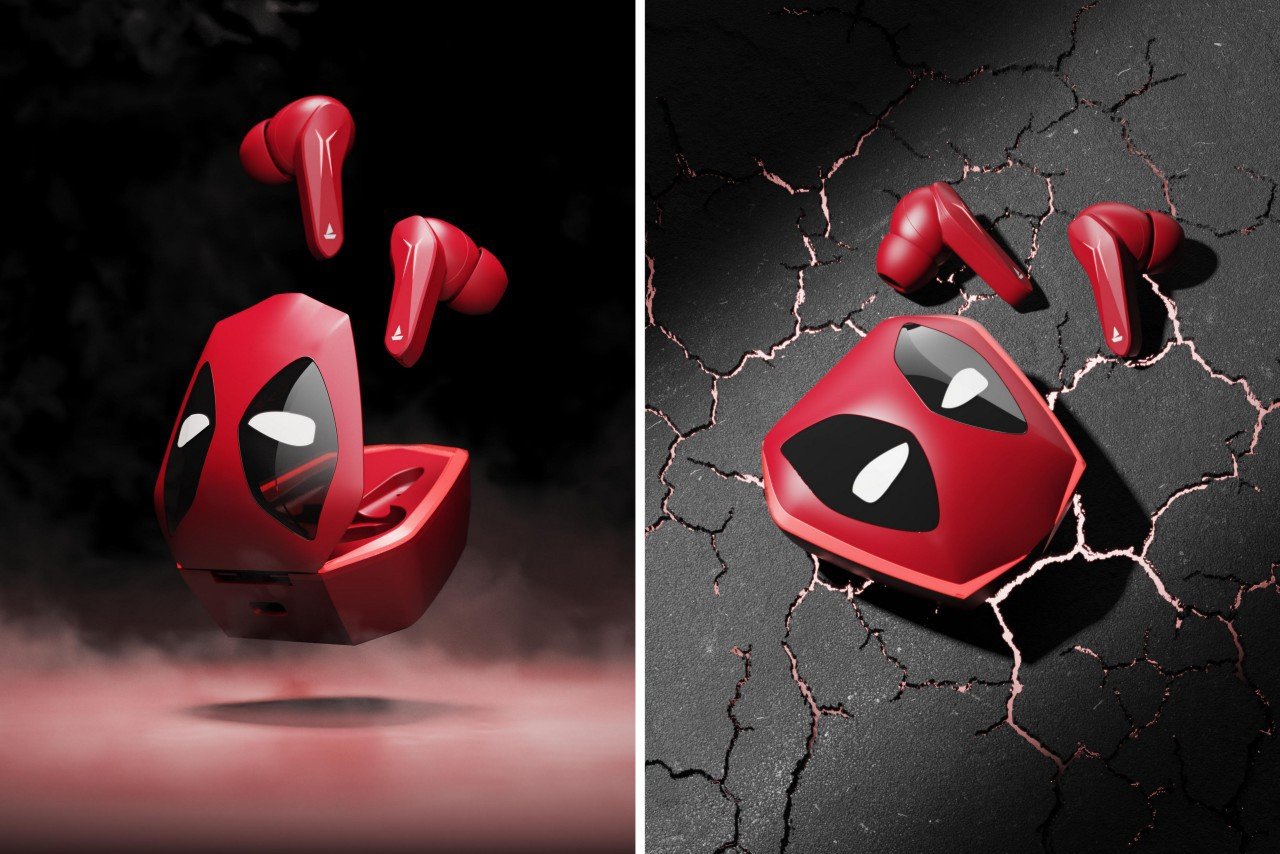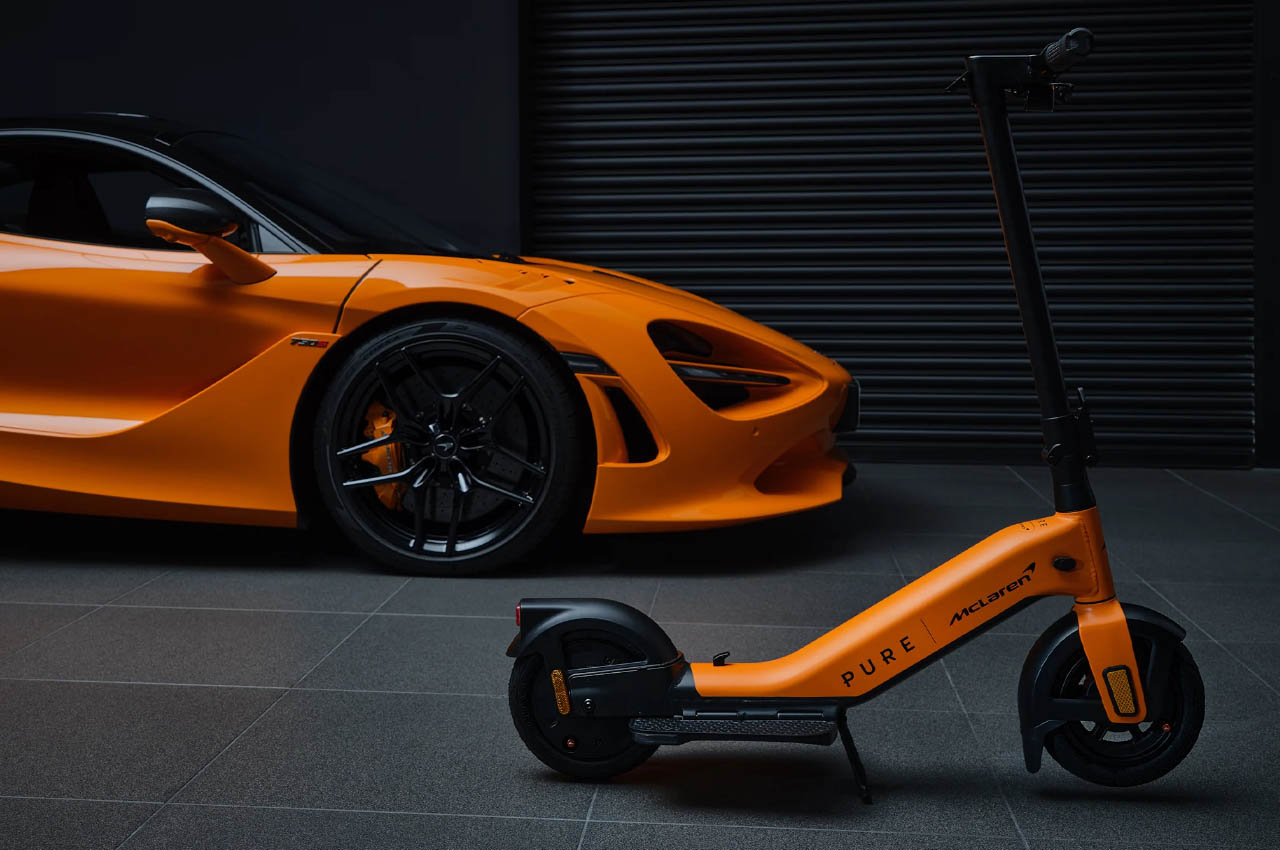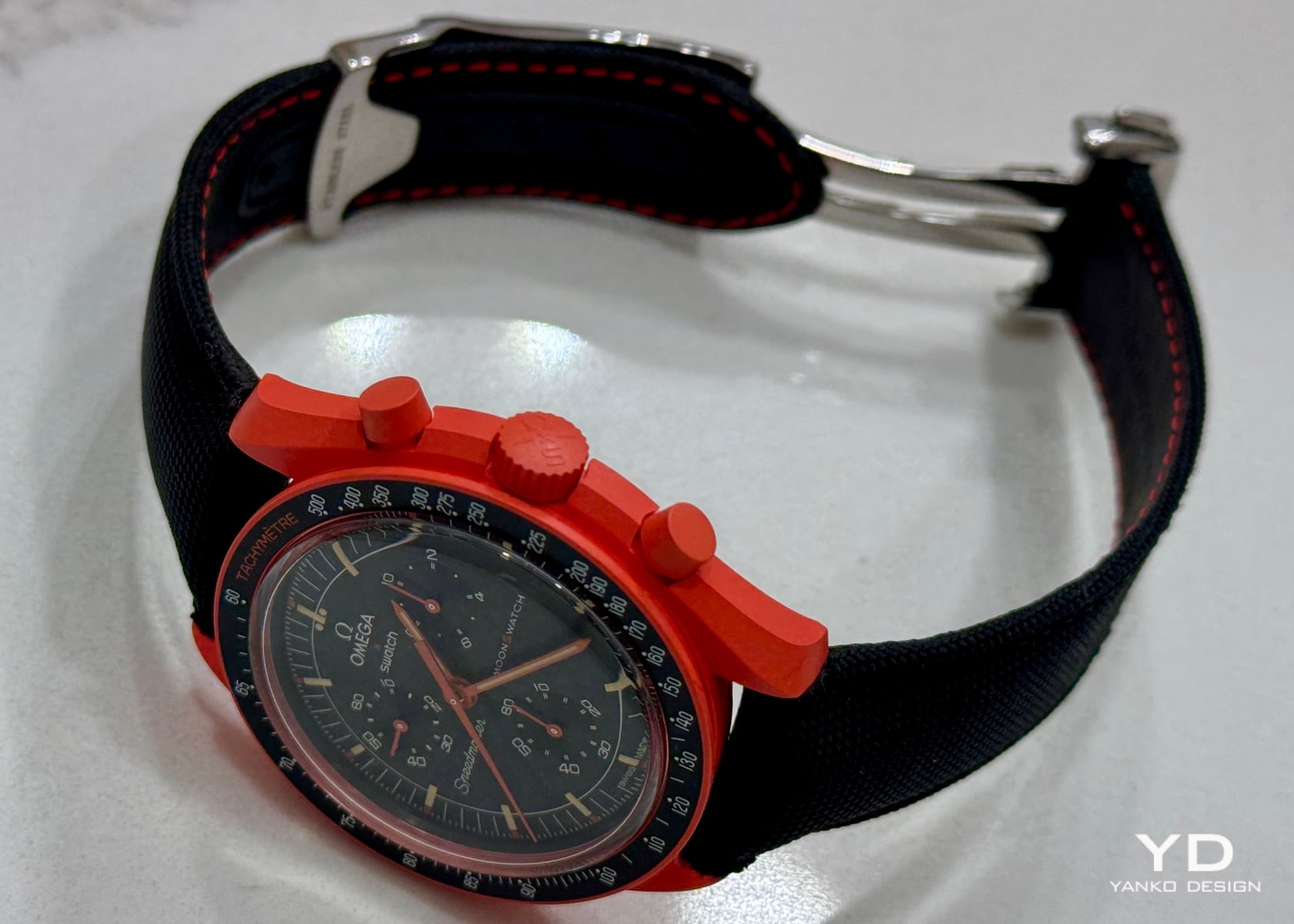What is Just. Good. Design?
Just. Good. Design. encapsulates the essence of simplicity, functionality, and aesthetic appeal while emphasizing equity and sustainability. This philosophy prioritizes clarity of purpose, ensuring every element serves a meaningful role and enhances the overall user experience. It underscores the importance of sustainability by promoting the use of renewable materials and regenerative processes that minimize environmental impact. This approach celebrates the interplay between form and function, where beauty is found in the seamless integration of practical needs and visual delight without compromising the planet’s health or social equity.
By valuing Just. Good. Design. principals, designers can implement enduring solutions that remain relevant and valuable over time, fostering innovation by eliminating waste and pollution, circulating products and materials at their highest value, and regenerating nature in the process. This can be achieved through concepts like: recycling, remanufacturing, refurbishment, reuse or even the regeneration of nature. Whether it’s product design, a digital interface, or an architectural space, this design ethos seeks to improve the quality of life for everyone, demonstrating that good design is not a luxury but a fundamental right that promotes a more just and regenerative world.
Pyri: 2024 Core77 Design Awards Student Winner for Sustainable Design
A recent project that truly embodies these principals is Pyri, an innovative wildfire detection system designed by Blake Goodwyn, Karina Gunadi, Richard Alexandre and Tanghao Yu from Imperial College London & Royal College of Art. This project was awarded as the student winner in the 2024 Core77 Design Awards in the Sustainability Category.
According to the Pyri team’s research, climate change and human activity are the root causes of the increasing frequency and severity of wildfires. However, our inability to respond effectively to wildfires stems from a lack of investment in prevention.
The United Nations Environment Programme (UNEP) urges governments to adopt a “Fire Ready Formula” that allocates two-thirds of spending to planning, prevention, preparedness, and recovery, leaving one-third for response. Currently, response receives over half of the spending. For instance, in the United States, average annual federal spending on fire suppression totaled $2.5 billion between 2016 and 2020 (Congressional Budget Office, 2022). Inger Andersen, UNEP Executive Director, emphasizes, “We have to minimize the risk of extreme wildfires by being better prepared: invest more in fire risk reduction, work with local communities, and strengthen global commitment to fight climate change” (2022).
Current solutions for early wildfire detection, which are key to prevention and preparedness, are costly and time-consuming to build. When designing Pyri, the designers focused on both environmental and system impact. Pyri uses abundant materials and simple manufacturing to keep costs and build times low. It integrates easily into current forest management practices and telecommunications infrastructure, requiring no skilled workers, complicated installations, or maintenance. Pyri is lightweight, flexible, and designed for communities lacking existing wildfire infrastructure.
Though Pyri is a student concept, its impact is profound. The team’s metrics for success included the number of fires detected and prevented, the impact on firefighting response times, and the reduction in the land area affected by fires. By leveraging AI technology to minimize false positives, Pyri’s system credibility and reliability will improve over time. It was exciting to see how Pyri embodies a holistic, adaptive solution poised to meet the diverse challenges of wildfire detection and prevention both now and in the future.
As Jury Captain Farrell Calabrese aptly notes, “The design of Pyri is a testament to how innovative thinking can create sustainable solutions that address urgent global challenges. It’s not just about technology; it’s about creating systems that are accessible, scalable, and effective.”
For all these reasons, Pyri is simply Just. Good. Design.
———————
Author’s Note:
When presented with the opportunity to be the 2024 Core77 Design Awards Jury Captain for the Sustainability Category, I was thrilled! Sitting at the intersections of sustainability, design and marketing – these entries served as great inspiration for not just me but the rest of the acclaimed jury team.
To provide some context in how we chose our winners, the runners-up and some very notable designs – the jury team and I thought we would start a quick series called ‘Just. Good. Design’ to showcase what we believe constitutes a sustainable design.
———————

About the author:
Farrell Calabrese is a purpose-driven leader dedicated to integrating sustainability into company culture and operations. Through her venture, FMC Impact, she is on a mission to address the most pressing design challenge of our time: Climate Change and its impact on people and society.
Congratulations to all of this year’s honorees! You can view the honorees in all 23 categories on the Core77 Design Awards website.

 Did you know that by 2100, extreme wildfires are predicted to increase by 50%?
Did you know that by 2100, extreme wildfires are predicted to increase by 50%?

